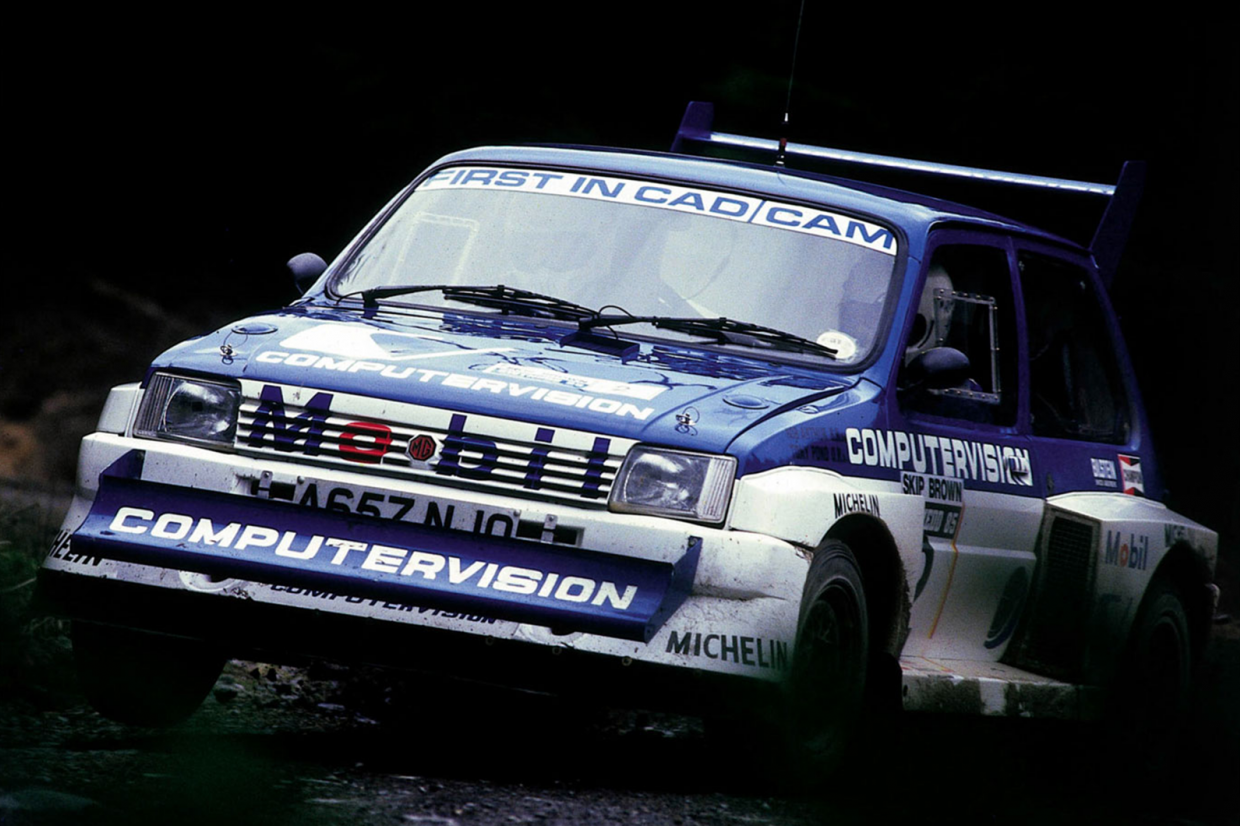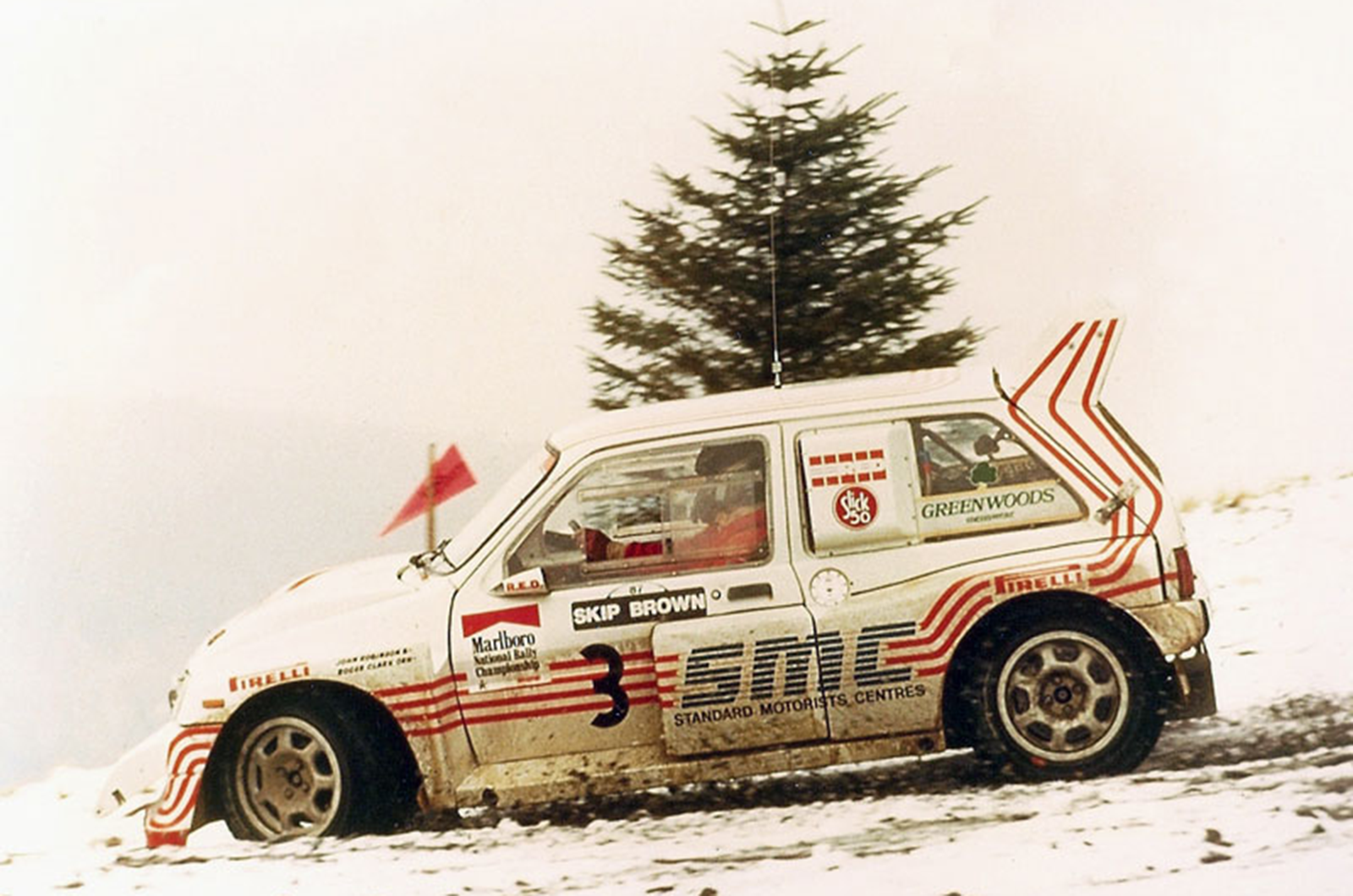
This is one of the runner-up articles in Hagerty’s 2019 Young Writer Competition. People aged 18-25 were encouraged to enter an 800-word story based on the topic of classic motoring, with the winner being commissioned to write for Hagerty and invited to join our content team at the 2019 Goodwood Revival. The judges, including Andrew Frankel, Paul Garlick and Hagerty editor John Mayhead, were very impressed by Charlie’s story, which reached the final three.
It is 1980. The Triumph TR7 V8 has showed its age over the course of the World Rally Championship (WRC) season, finishing seventh in its home rally over half an hour behind the leading Talbot Sunbeam Lotus.
British Leyland Motorsport (BLM) makes the decision to plan for its future in the WRC by permanently retiring the works TR7 from international competition and beginning the development of a world-beating car in February 1981 under the Austin-Rover Group (ARG).
This goal would never be achieved by the final British Leyland car – the MG Metro 6R4 – for two key reasons: the questionable choices made by BLM and ARG and the sedate speed at which the Metro reached completion.
The solutions invested in by BLM and ARG caused the MG Metro 6R4’s slow development. The first error made by BLM was to reject the Formula 2 engine offered by Honda, in favour of finding a solution independently.



